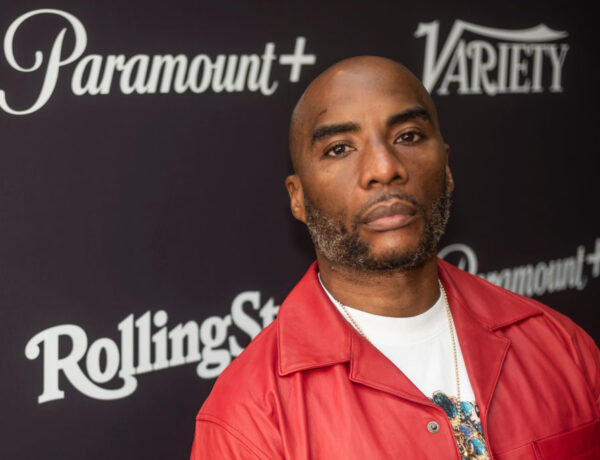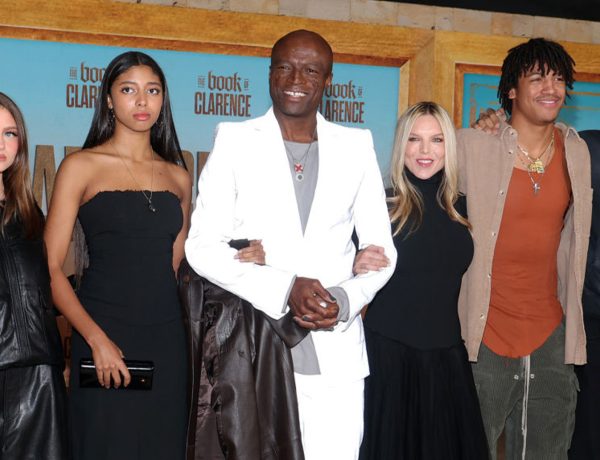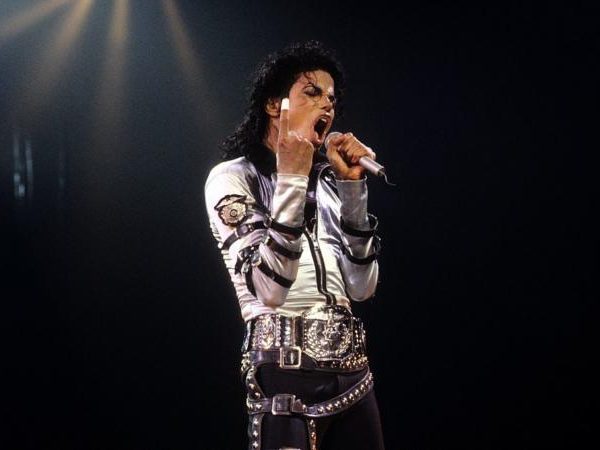
Historically Black Colleges and Universities (HBCUs) have been a staple in Black American culture. With touted alums like Vice President Kamala Harris, Chadwick Boseman, Shannon Sharpe, Taraji P. Henson, and Dr. Martin Luther King Jr., HBCU graduates have positively influenced and impacted several industries.
Despite the challenges, HBCUs have shown remarkable resilience. Their deep cultural histories and the long list of influential alums stand as a testament to their enduring importance in the Black academic experience.
Why Are Black Males Enrolling Less?
However, recent data shows a decline in enrollment among Black males. According to the American Institute for Boys and Men, HBCUs have seen a general enrollment decline of 11% since 2010, a trend that mirrors what’s happening across higher education. However, the drop in enrollment among Black male students is more significant, with a 25% decrease at HBCUs compared to a 22% decline at all institutions. Although the percentage difference at HBCUs is marginally higher, the effect is more profound on these campuses because Black male students constitute a larger portion of their student population.
This trend has been pervasive, impacting some of the nation’s largest institutions. A separate report from The Washington Post noted that although Howard University gained more than 3,000 students since 2016, only one in six of that growth were male students. The current decline has gone below the former lowest percentage of men at HBCUs of 38% in 1976. Conversely, the decline in Black men comes with the increase in enrollment of non-Black students, per the American Institute for Boys and Men.
While the data shows historic lows, the decline is not based on haphazard decisions from men determining that HBCUs aren’t the best fit. Some of the decline is attributed to a K-12 pipeline issue that disproportionately impacts Black male students. The 2015 academic paper, “Who Believes in Me? The Effect of Student-Teacher Demographic Match on Teacher Expectations,” provides data that supports the United Negro College Fund’s (UNCF) belief gap theory. This theory suggests that non-Black teachers have lower expectations for young Black students than they do for non-Black students, which can influence Black men’s perception of school, causing them to be disinterested and disengaged.
An Anamoly Among The Data
However, not all HBCUs are seeing a decline, and Morehouse College admission advisor Jacory Bernard says he has found hope when presenting the opportunity to prospective male students.
“For these young Black boys growing up in our world, it is a challenge just existing. They had these preconceived ideas and notions of their identity in the context of the world. It is harder,” Bernard told The Washington Post. “You have the entirety of your life to spend as a minority in America; there is something profound about choosing for four years to be the majority.”
Bernard describes how this perception has aided in the enrollment increase of Black male students at Morehouse College, the only all-male HBCU, and Fisk University from 2016 to 2021.
What’s Next?
Although Morehouse and Fisk have seen increases in Black male enrollment, other HBCUs have intentionally increased that demographic of students. Because of the belief gap, HBCUs have been a critical part of the continued cultivation of Black men. The decline in those enrollments now can possibly negatively impact the overall cultivation of Black men who do not have the resources of HBCUs.
As further noted by The Post, experts share that some Black men who have not had positive school experiences are drawn to immediate job opportunities rather than pursuing higher education, even though HBCU graduates can expect to earn 56% more than they would without a degree or certificate from an HBCU, according to UNCF.
School administrators are not sitting idle with this information and evolving data. In response, some HBCUs are making targeted efforts to recruit more Black male students by hiring specialized recruiters and promoting the sense of community that an HBCU offers. They are also working to address the pipeline issue that has contributed to the decline in enrollment. Claflin University has partnered with fellow South Carolina institution Clemson University to train and recruit more male teachers of color to work in public schools.
Additionally, these schools are forming partnerships with businesses to provide larger scholarships, addressing concerns about college affordability and student debt, which deter many prospective students. In the 2020-2021 academic year, the net cost for students living on campus at private HBCUs was over $30,000, while the on-campus net cost at public HBCUs was $23,000, according to The Post. As represented by data from the Education Data Initiative, Black college graduates carry an average of $25,000 more in student debt compared to their white counterparts.




